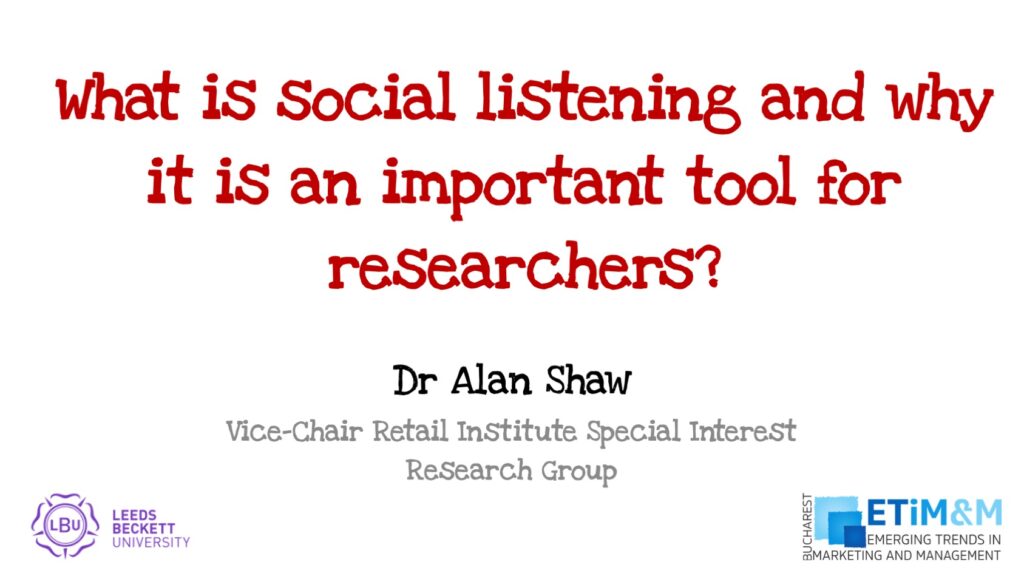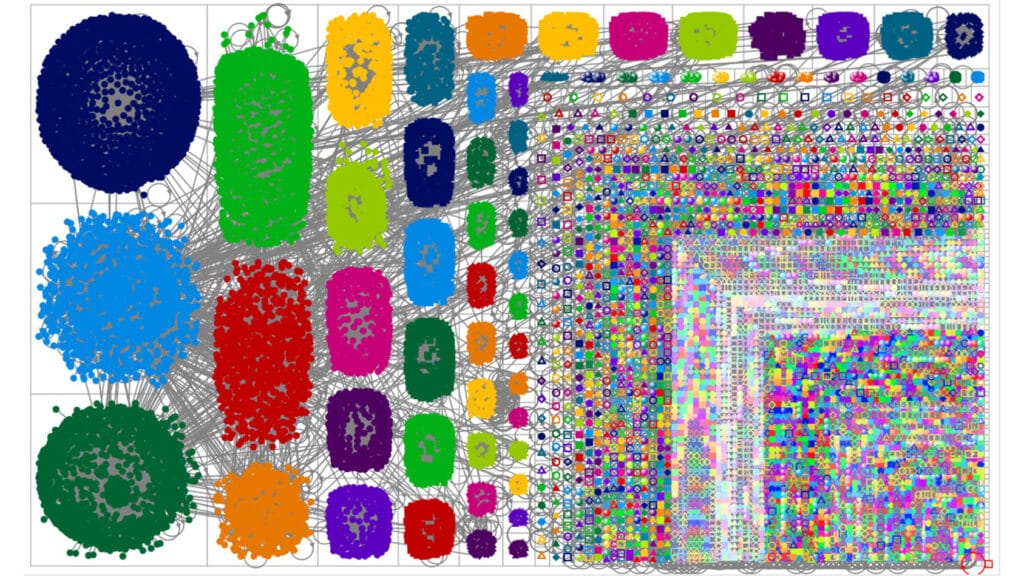
Identifying influencers using the PageRank analysis is ideal for the Twitter network. This is because such a network is directed. If you were focusing on an undirected network, then you would use the Eigenvector Centrality measure. This blog introduces the reader to the PageRank concept and demonstrates how “influencers” can be identified using Gephi.
Page et al (1999) stated that the PageRank is a method used to assess the human interest and attention associated with a particular website. They go on to say that it is recursive because the importance of a page refers back to the importance of other pages that link to it. Today we can extend this definition and link it to social networks. The following video is the step by step guide for undertaking such a process.

One of the key steps you will have noted from the video is that your data needs cleaning before the analysis takes place. More specifically, you need to remove all the self-loops, i.e., handles who have tweeted but have had no engagement. What you should do (in Gephi) is, after running the Pagerank statistics, sum the column: it should equal one (or a value almost equal to one). You can use Gephi’s filtering process to do this.
After running the calculation, you should then sort it in descending order: the handles with the highest values are your potential influencers. You need to check the top accounts before making your final decision: making a judgement on their potential suitability for such a task.
Page, L., Brin, S., Motwani, R., & Winograd, T. (1999). The PageRank citation ranking: Bringing order to the web. Stanford InfoLab.
Alan Shaw
Latest posts by Alan Shaw (see all)
- What is social listening and why it is an important tool for researchers? - July 31, 2021
- COVID-19 and Remote Learning: Experiences of parents supporting children with SEND during the pandemic. - June 30, 2021
- Using Netnography To Evaluate The Launch And Collapse Of The European Super League - April 21, 2021
- Developing Semi-Structured Interview Questions: An Inductive Approach. - April 9, 2020
- Developing Semi-Structured Interview Questions: A Deductive Approach - April 9, 2020














